We may earn money or products from the companies mentioned in this post. This means if you click on the link and purchase the item, I will receive a small commission at no extra cost to you ... you're just helping re-supply our family's travel fund.
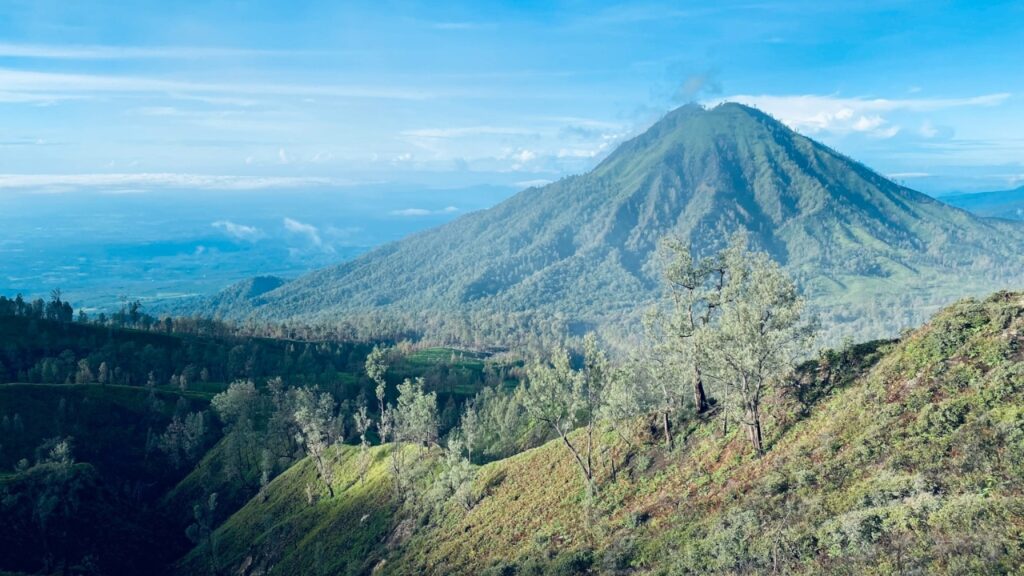
When you chase volcanoes, you chase emotion—steam hissing against cool dawn air, incandescent fountains painting the night, soil so new it still smells of fire. On these off-radar islands, you slip from black-sand villages to cloud forests, from crater lakes that change color like mood rings to vineyards rooted in ash. Each place invites you to feel the planet breathing beneath your feet, reminding you that creation and destruction dance together. Pack sturdy boots, a healthy respect for local alerts, and a heart ready to ignite.
1. Tanna, Vanuatu
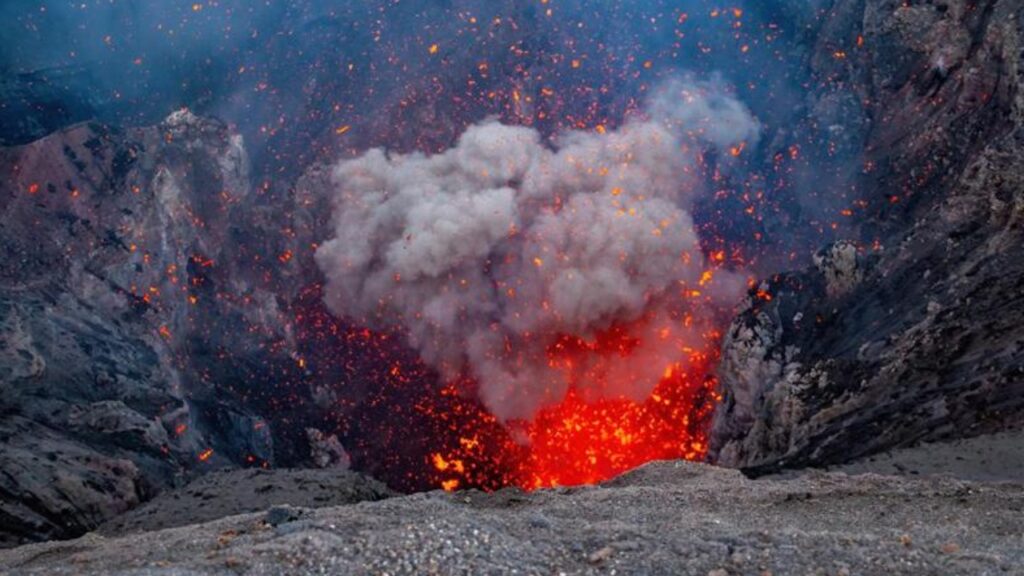
You walk just minutes from the 4×4 and suddenly the earth roars—Mount Yasur hurls glowing bombs skyward every few minutes, earning its title “lighthouse of the Pacific.” At only 361 m, the cone is refreshingly climbable, especially at twilight when lava sparks against a cobalt sky. Stay outside the 600 m exclusion zone, listen for village kustom stories, and feel the ground thrum like a massive drum beneath your boots.
2. Ambrym, Vanuatu
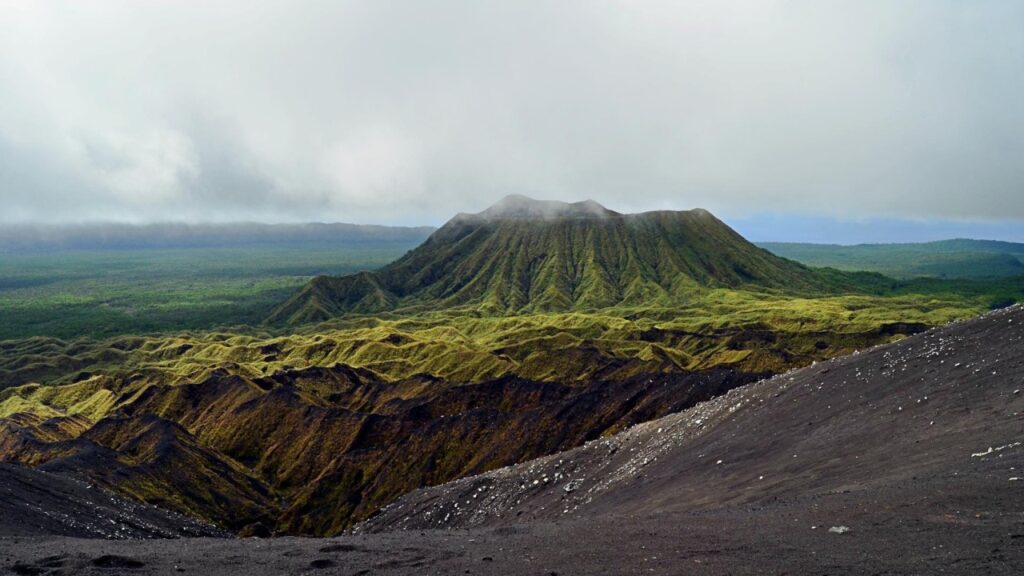
Deep inside Marum caldera, two lava lakes once simmered like cauldrons; in 2018 they drained, fracturing the island and repainting the plains in silver ash. Today the trek across barren moonscapes still leads to fumaroles whispering sulfur secrets. Nights in a simple bush camp let you watch molten waves pulse far below, a hypnotic reminder that magma never truly sleeps in Ambrym’s vast subterranean plumbing.
3. Ometepe, Nicaragua
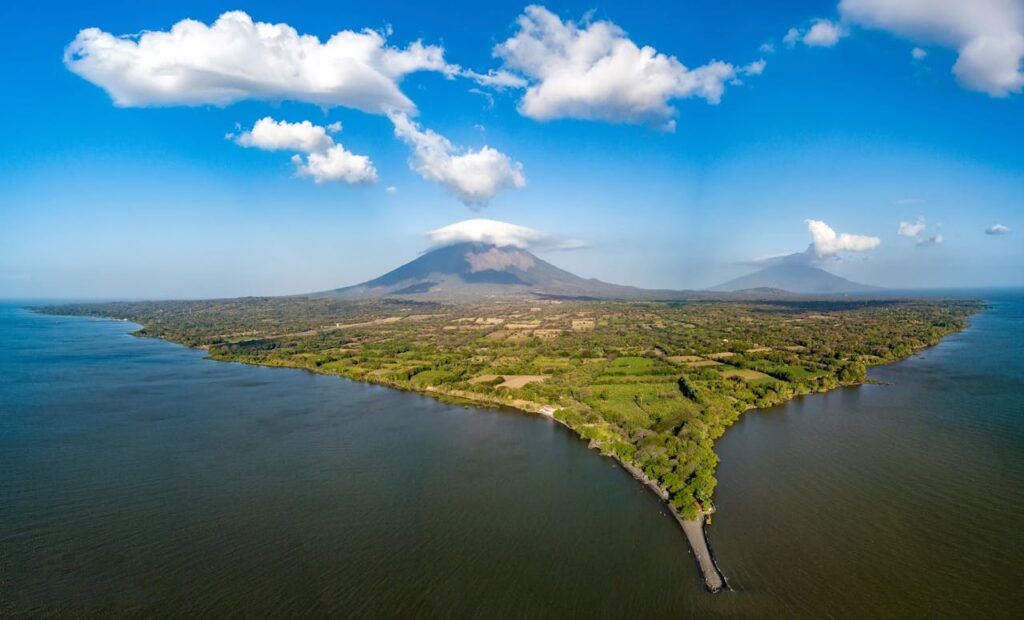
Rising from Lake Nicaragua, graceful Maderas is cloaked in monkey-rich cloud forest while perfectly symmetrical Concepción exhales ash and steam 5,280 ft high. Banana plantations skirt the lava skirts, and dawn hikers savor lake breezes before the steep, seven-hour summit push. Afterward, rinse volcanic dust off in crystalline lagoons and toast island life with a fresh cacao smoothie on Moyogalpa’s pier.
4. Savai’i, Samoa
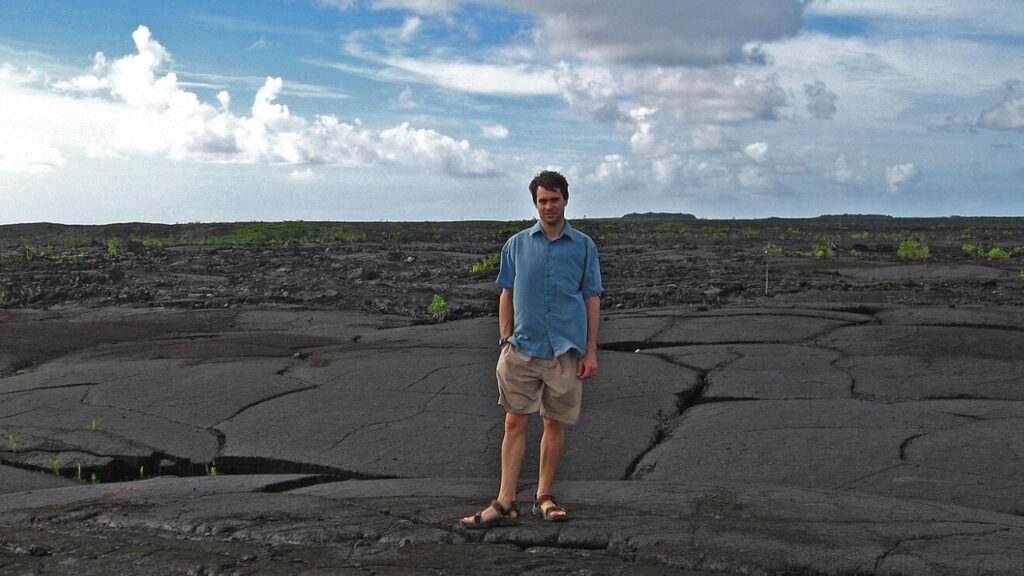
Saleaula’s pahoehoe undulates like frozen waves, a relic of Mount Matavanu’s 1905 eruption that buried five villages yet spared lives with its leisurely crawl. Wander through vine-strangled church ruins, then climb Tafua cone to watch Samoan flying foxes glide over a quilt of prehistoric craters. November–April rains coax neon-green ferns from jet-black rock, proving regeneration follows ruin.
5. Fogo, Cape Verde
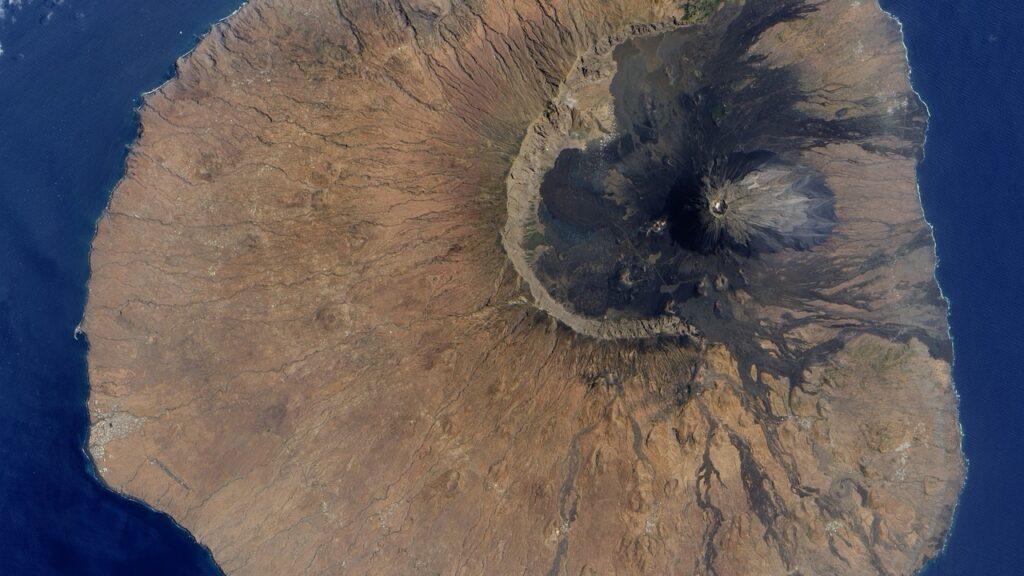
Pico do Fogo towers 2,829 m above an amphitheater caldera, its flanks striped with 2014–15 lava that narrowly missed Cha das Caldeiras village. Residents rebuilt stone guesthouses, replanting grapes and arabica in mineral-rich soil. Sunrise ascents reveal rust-red cinder fields giving way to a summit crater rimmed with clouds, while post-hike tastings of fiery Fogo wine complete the circle of fire and flavor.
6. Camiguin, Philippines
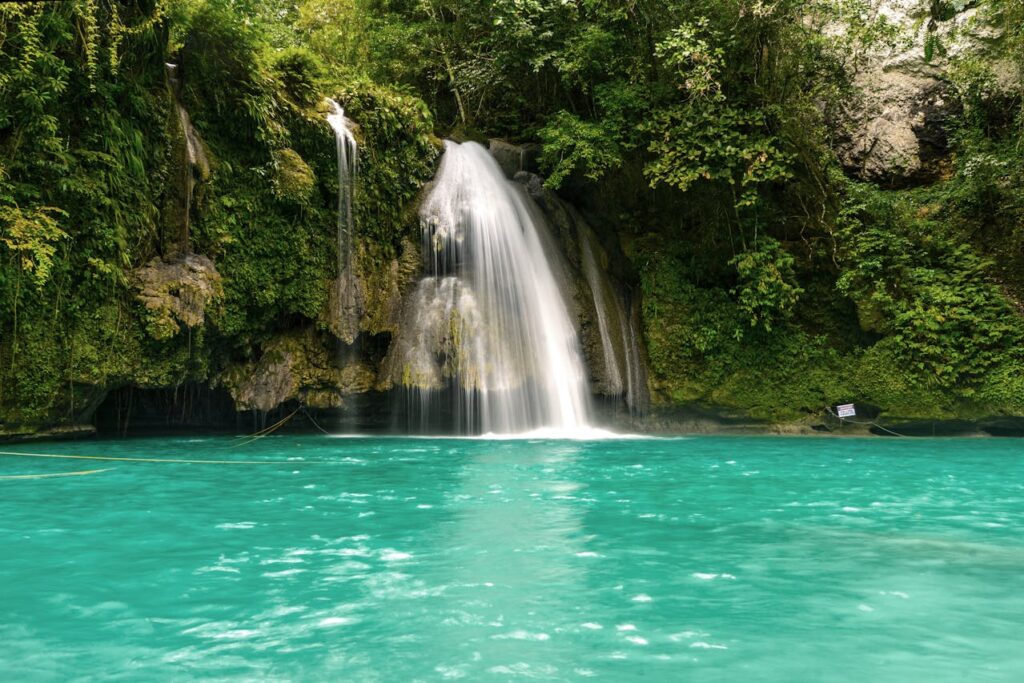
Tiny Camiguin packs seven volcanoes into 150 sq mi, but Hibok-Hibok reigns, its 4,370-ft dome laced with steamy vents. A 1951 blast reshaped the coast; today jungle trails climb past lanzones orchards to panoramic ridges. Ease sore calves in Ardent hot spring afterward, then boat to powder-white sandbars offshore for a sunset that blushes like cooling lava.
7. Ternate, Indonesia
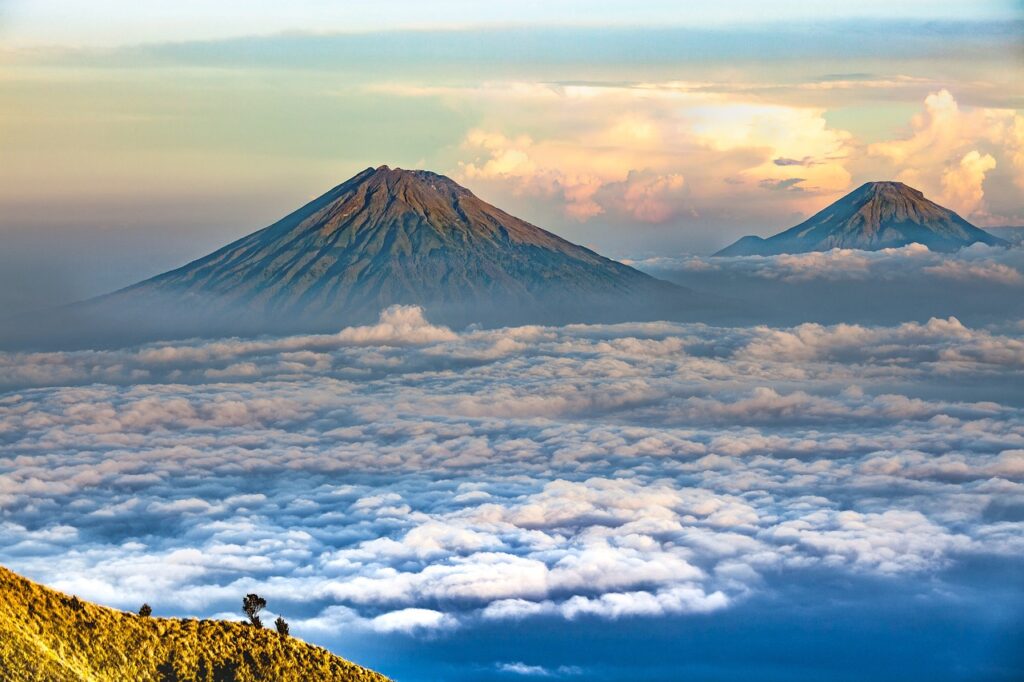
The entire island is a cone—Gamalama rises 1,715 m from the Maluku Sea, periodically dusting this historic spice port with ash, most recently in 2015. Markets smell of cloves as you hike through nutmeg groves toward crater views of emerald Halmahera. Carry a mask, heed the 1.5 km exclusion notice, and savor soto ayam spiced by soils only a volcano could forge.
8. Flores, Indonesia
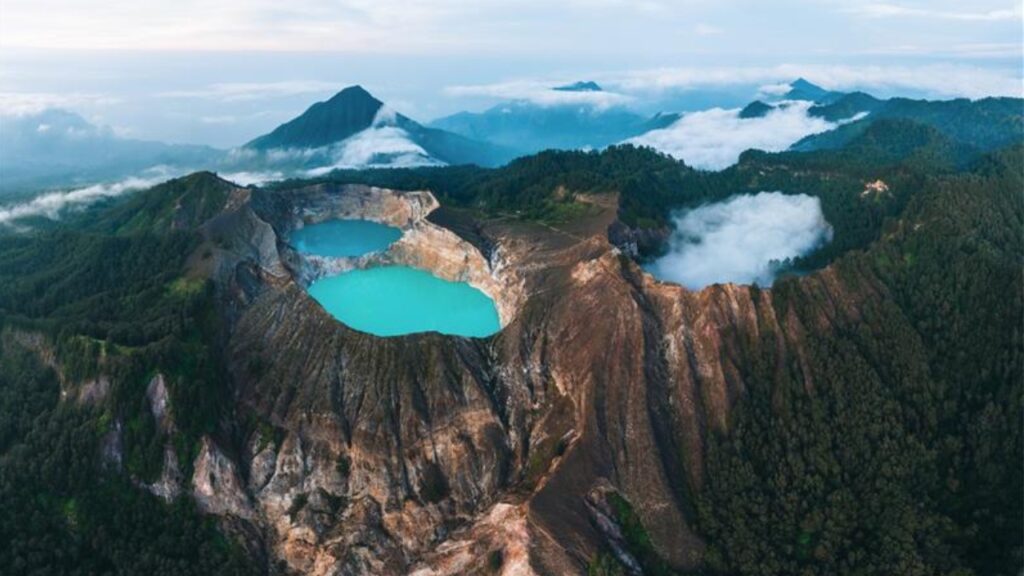
Three adjacent craters, three ever-changing hues—turquoise, ink-black, rusty red—each said to house different souls. Dawn mist swirls like incense as you peer into Tiwu Ata Mbupu, Tiwu Nuwa Muri, and Tiwu Ata Polo, whose colors switch when mineral-rich waters mingle with volcanic gases. The easy pre-sunrise walk from Moni lets you witness nature’s most vivid palette awaken.
9. Pico Island, Azores
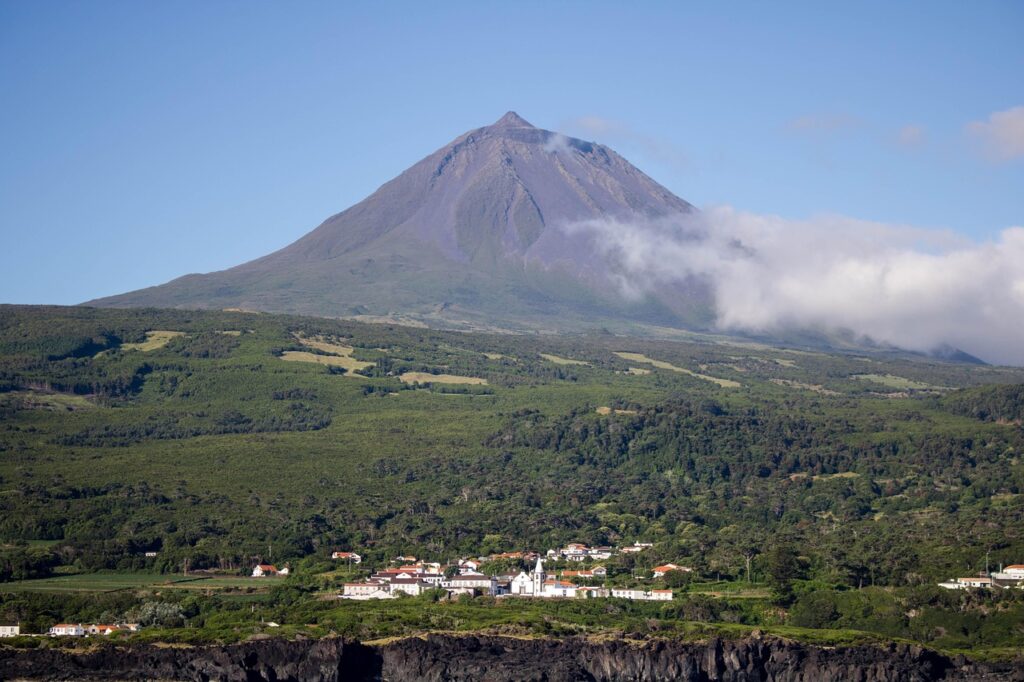
Mount Pico, Portugal’s loftiest peak at 2,351 m, looms above UNESCO-listed basalt-walled vineyards. Flank eruptions in 1718 and 1720 sculpted lava fields that now cradle hardy Verdelho grapes. Summer climbs start at midnight for a molten-orange sunrise over the Mid-Atlantic Ridge, while winter brings rare Azorean snow, turning the stratovolcano into a stark monochrome pyramid.
10. Stromboli, Italy
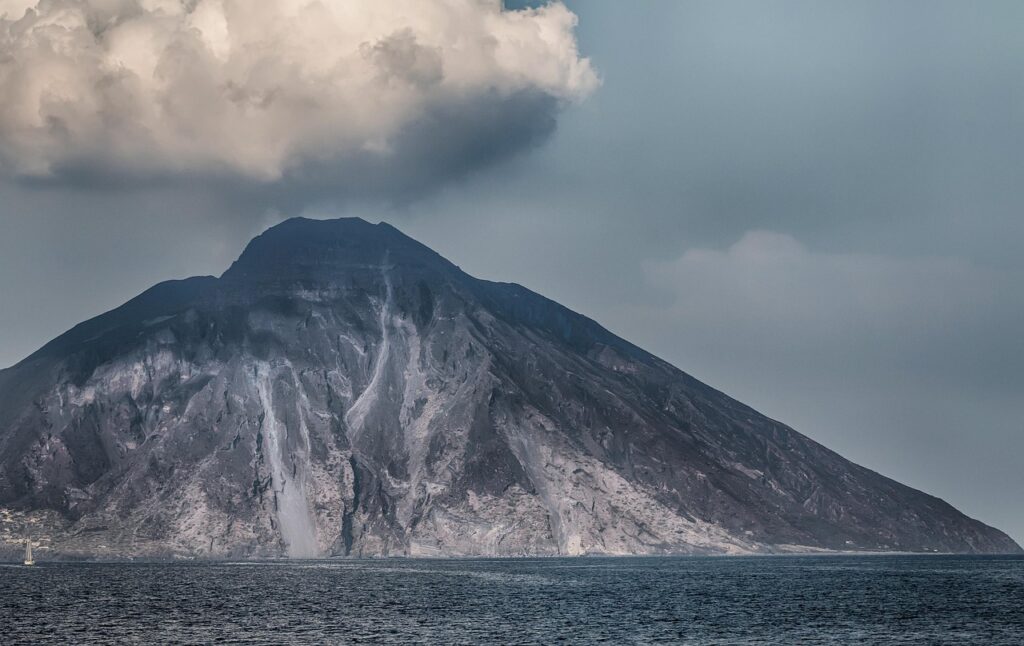
Erupting almost nonstop for 2,000–5,000 years, Stromboli hurls molten bursts every 20–30 minutes. Evening boat rides to Sciara del Fuoco feel cinematic as red arcs streak into starry darkness. For the fit, a guided night ascent reveals fiery fountains up close—an unforgettable fireworks show crafted by Earth herself and applauded with sweet Malvasia wine on the descent.
11. La Palma, Canary Islands
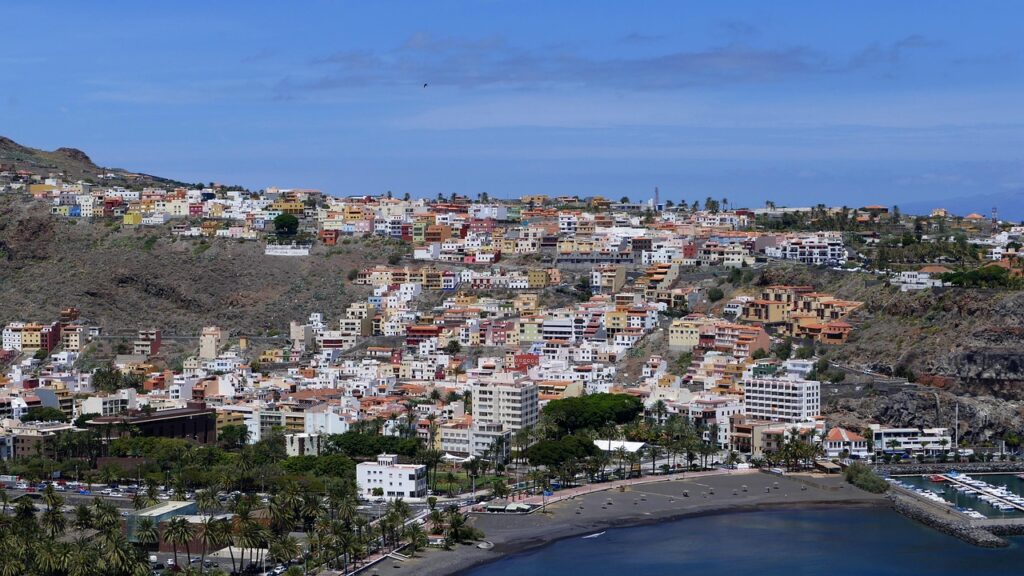
Cumbre Vieja’s 2021 eruption birthed a fuming cone, destroyed 3,000 buildings, then cooled into ink-black lava deltas expanding the shoreline by acres. Trails are reopening, letting you crunch over still-warm rock and gaze at newborn cliffs meeting Atlantic swell. After stargazing in Europe’s clearest skies, you’ll understand resilience: life, like magma, finds fresh paths forward.